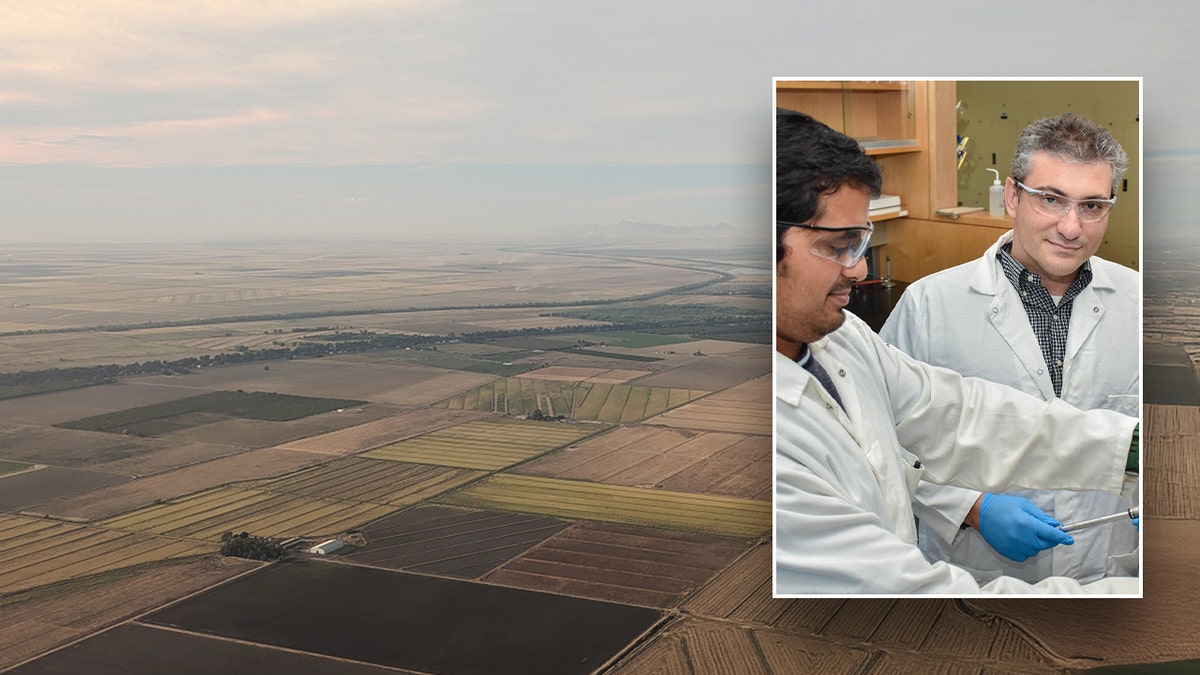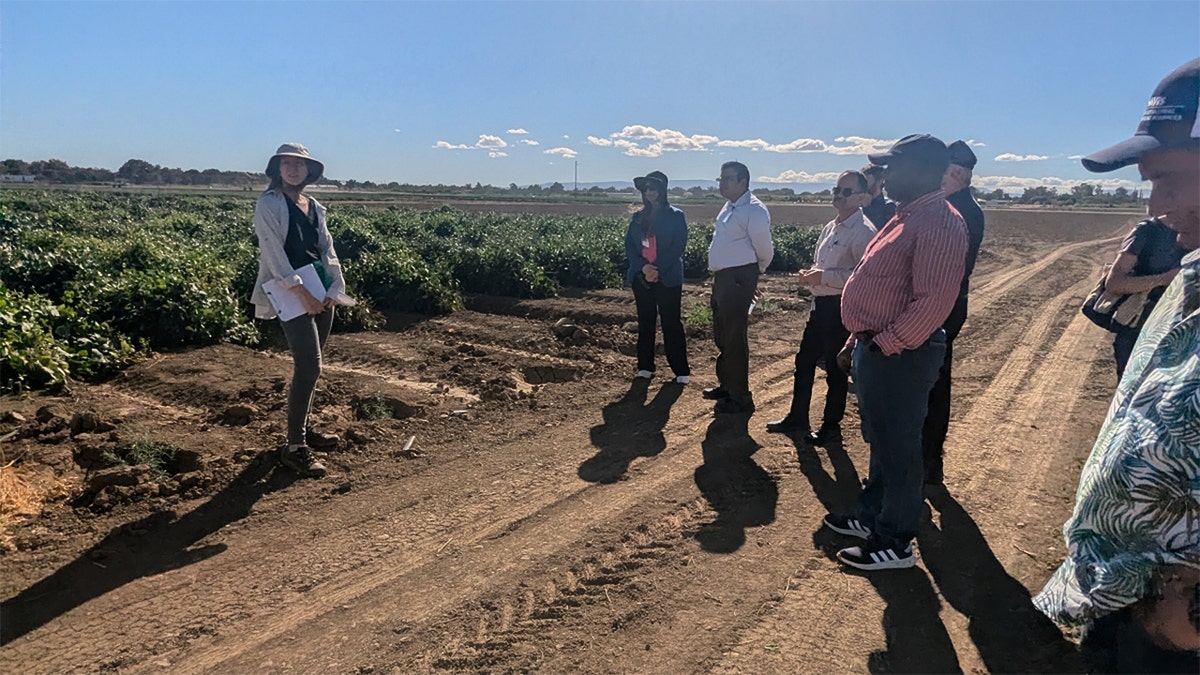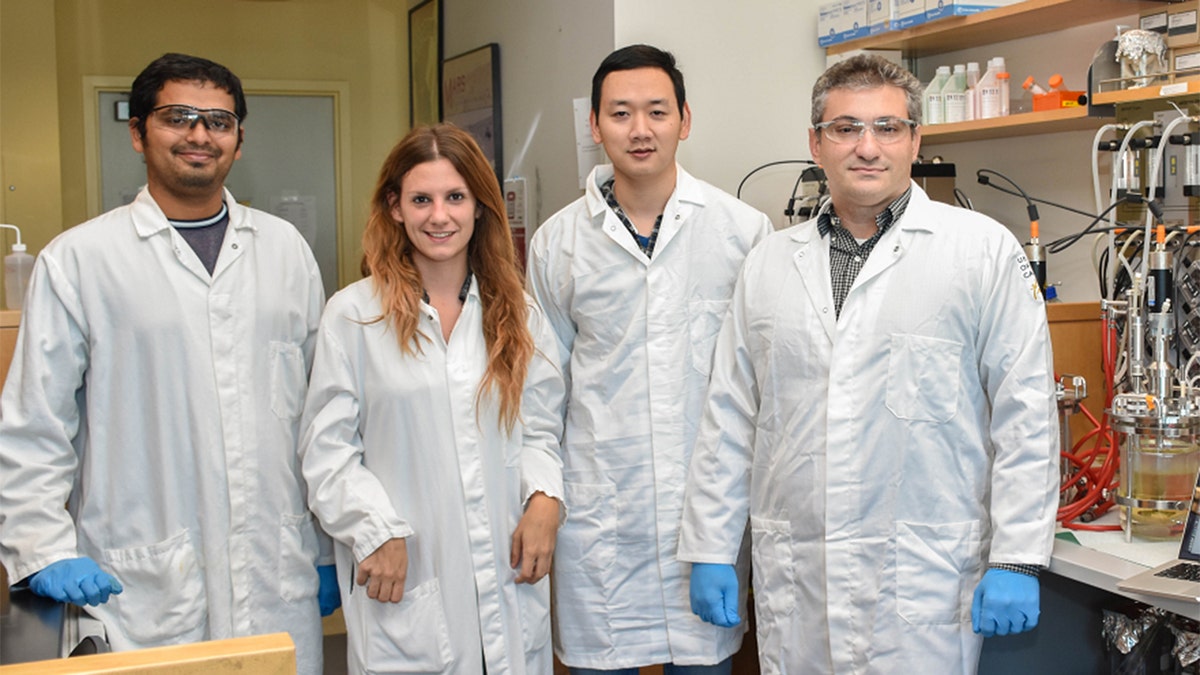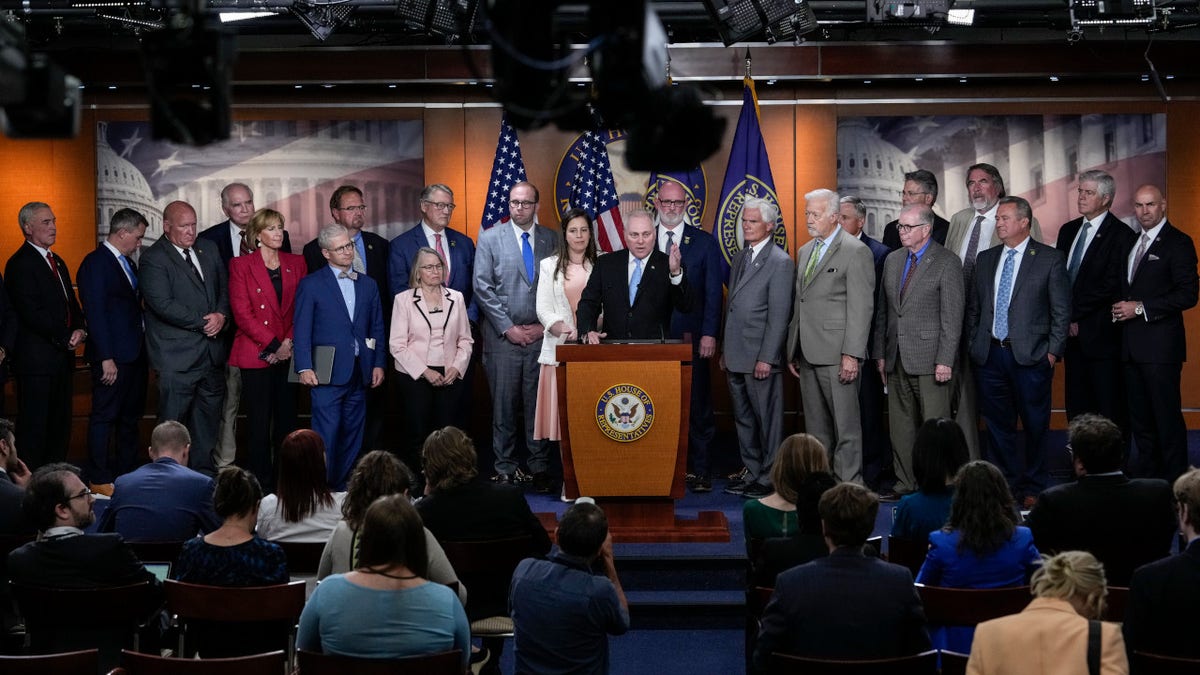The agricultural landscape has undergone a dramatic transformation since the 1930s. The number of U.S. farms has decreased significantly, while the average farm size has grown considerably. Experts now believe artificial intelligence (AI) holds the key to boosting efficiency and food production in this evolving sector.
Mason Earles, an assistant professor at UC Davis and researcher at the AI Institute for Next Generation Food Systems (AIFS), highlights AI's potential. "It offers a powerful way to enhance crop productivity while minimizing resource consumption," Earles explains. "Data collection through AI allows for increased yields and improved nutritional value, while also addressing labor shortages."

The agriculture industry has been grappling with increasing labor shortages. Data indicates a significant rise in reported shortages between 2014 and 2018, a trend predicted to persist. Ilias Tagkopoulos, a computer science professor at UC Davis and director of AIFS, emphasizes that AI is not replacing jobs, but rather "empowering workers and enhancing productivity." AIFS, supported by a USDA grant, is at the forefront of AI research in agriculture.

Earles points out the broad applicability of AI in agriculture, from crop production to livestock management. He sees AI playing a crucial role across the entire food system, from research and development to corporate innovation.
Despite its potential, AI adoption among farmers remains relatively low. However, investment in agricultural AI is projected to surge in the coming years. Tagkopoulos envisions AI contributing to a "healthier society and a more sustainable planet" by boosting productivity and driving innovation.

Researchers are exploring the use of AI-powered hardware, such as sensors and robotics, for enhanced data collection. Earles highlights AI's ability to rapidly process vast datasets and identify patterns, aiding farmers in tasks like fertilizer application and harvest timing. He cites examples of AI analyzing images to detect weeds, diseases, and pests, enabling precise interventions for improved yields and product quality.
While the initial investment in AI technology can be substantial, research indicates the potential for higher crop yields in controlled environments, due to reduced weather dependency and year-round growing capabilities. Tagkopoulos anticipates increased data generation, more accessible and affordable AI tools, and greater collaboration among farmers, leading to mutually beneficial outcomes.
The USDA is actively investing in research projects focused on AI applications in agriculture, including a project at Cornell University exploring climate-resilient grape varieties. Earles emphasizes the significant potential of controlled environments and indoor farming, powered by AI, to provide fresh, nutritious food to diverse locations, including urban areas.








